Hi,
I’ve gradually got to the point where I can activate in the winter here down to about -15C and stay on the air at that temperature for an hour or so. One suggestion I would have is improve your kit and techniques as you go along so that you can extend your operating into longer times and lower temperatures.
Layers, layers, layers. On the hike you want to regulate your temperature so that you don’t overheat. If you sweat too much on the ascent and then sit at the summit, you will get cold very quickly. So have layers that you can take off as you heat up on the climb. Usually when I get to the summit I will pull on a sweater that I have taken off during the climb, add a down jacket from my pack and pull my shell over top. Depending on temperature I carry three hats, a light one for hiking, a heavy one that is actually too warm for hiking, and one in between:

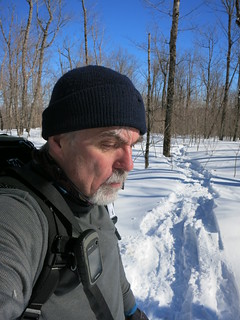

All three photos are from the same activation this March and you can also see the heavy layers in the last photo and the light layers in the first photo.
Figure out what your limitation are and try to address them to make yourself more comfortable. My hands and feet get cold first and I can get quite chilled. So I am experimenting with “Hot Mocs” to help keep my feet warm on the summit and layering for my hands: polyester gloves and fingerless wool over gloves with a hot pad in between.
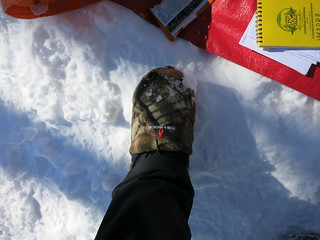

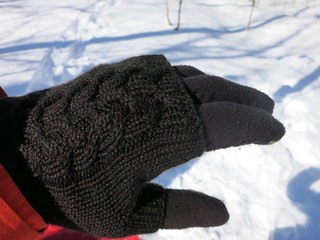
In spite of being fussy, the glove layering will probably stick, the Hot Mocs will likely not. The point is to push your limitations gradually and find what works for you.
As far as equipment, I use a LiFePO4 battery and never had any problems with it in the cold, down to -15C at least, same with most of my other equipment. The KX3 has some issues with the rotary encoders in the cold, but it is not major and goes away as the radio heats up. My audio recorder gave some problems until I swapped the alkaline AAAs for Lithium for the winter, but it’s an extra anyway.
Cell phones can be a real problem if you want to use them in the cold - this from others’ reports and from personal experience. I went so far as to do some research onto published cold weather performance of phones. What information is out there shows that phones can vary widely in cold weather performance. Even more, most manufacturers don’t publish cold temperature specs for their phones. I eventually ended up getting a “rugged phone” that the published spec says works down to -20C. You may not want to go that route. You can keep your phone warm next to your body and only pull it out to check or post spots etc. Certainly you want gloves that work with a touch screen so you aren’t chilling your hands every time you use your phone. (I’m going to check out Tony’s suggestion for next winter :-)). Also keep them dry. I was wearing my polyester gloves while setting up, they got wet with the snow and my hands chilled more quickly. Now I don’t switch to those gloves until I am totally ready to operate.
I use a waterproof log book and a pen that will write in the wet and cold, so I don’t worry about that at all. I use a laptop tent to keep the snow off my rig and other sensitive electronics.
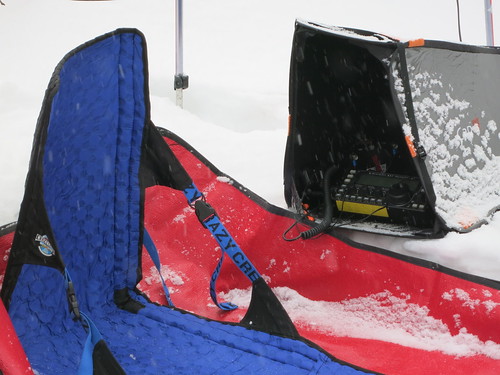
Hope there’s something here that helps. 73,
Malcolm VE2DDZ

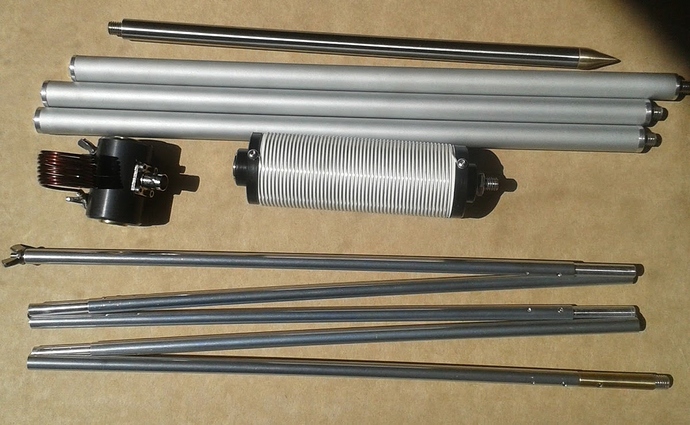







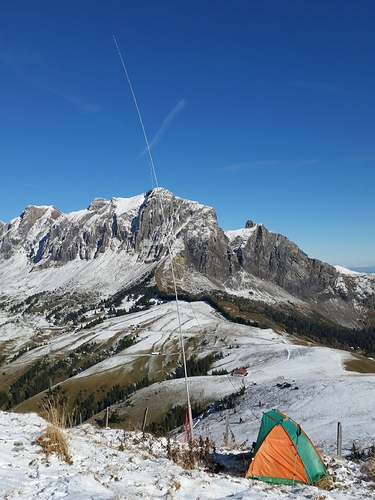
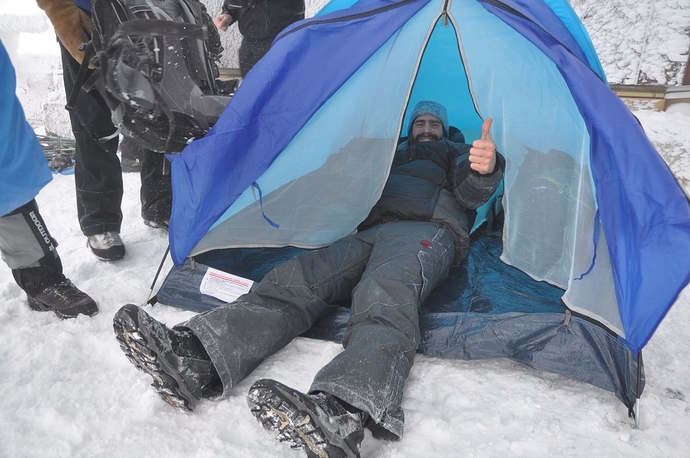
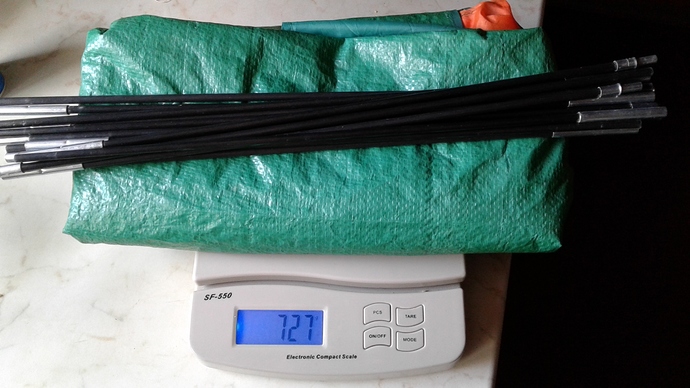
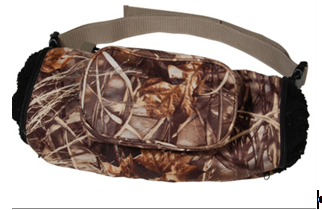 It’s a little bulky, but works well. I haven’t tried a key inside, but I think it would work.
It’s a little bulky, but works well. I haven’t tried a key inside, but I think it would work.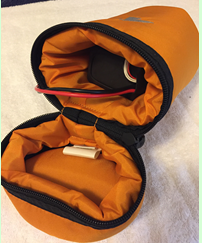
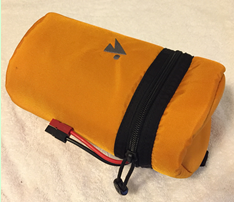

 I’ve seen several over the years with skirts on out in the back country hiking.
I’ve seen several over the years with skirts on out in the back country hiking.